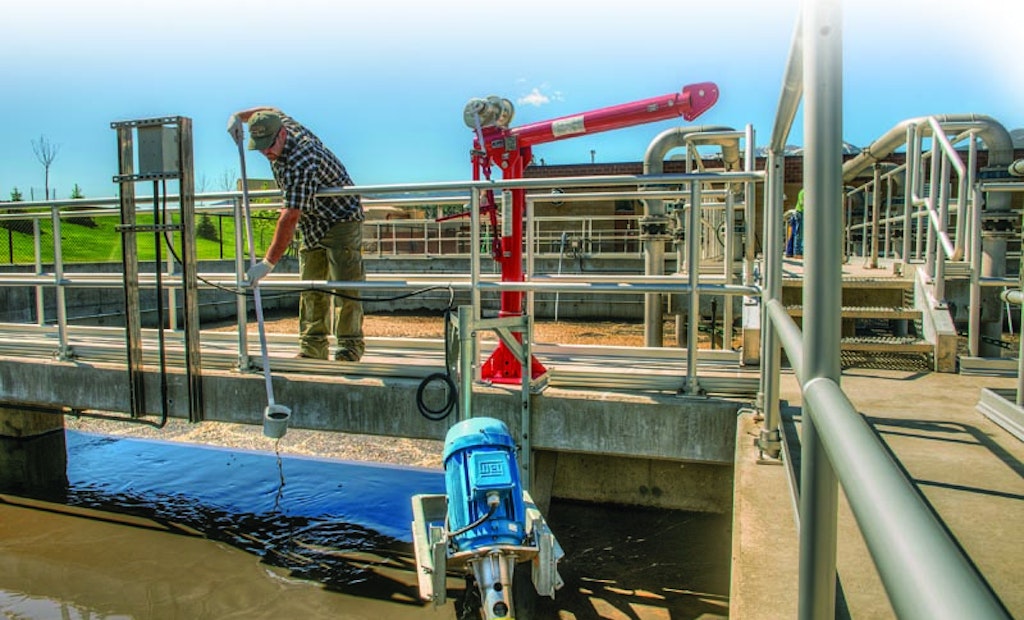Interested in Maintenance?
Get Maintenance articles, news and videos right in your inbox! Sign up now.
Maintenance + Get AlertsIn the world of water and wastewater treatment, emergency preparedness is paramount. From natural disasters to equipment failures, treatment plants must be ready to respond swiftly and effectively to ensure the continuous provision of clean water and safe wastewater treatment.
Risk Assessment and Planning
The first step in emergency preparedness is conducting a thorough risk assessment. Identify potential threats, such as flooding, power outages, or chemical spills, and develop a comprehensive emergency response plan. This plan should outline specific actions to take in various scenarios, ensuring that all staff members are familiar with their roles and responsibilities.
Regular Training and Drills
Training and drills are essential to keeping the team prepared for emergencies. Conduct regular training sessions to familiarize staff with emergency procedures and ensure they are proficient in using emergency equipment. Simulate different emergency scenarios to test the effectiveness of the response plan and make necessary adjustments.
Communication Protocols
Effective communication is vital during an emergency. Establish clear communication protocols to ensure timely and accurate information sharing among staff, emergency responders, and the public. Utilize multiple communication channels, such as radios, phones and digital messaging systems, to stay connected.
Inventory Management
Maintain an up-to-date inventory of critical supplies, such as chemicals, spare parts, and emergency equipment. Ensure that these supplies are readily accessible and that there is a plan for replenishing them quickly if needed. Having a well-stocked inventory can significantly reduce downtime during an emergency.
Continuous Improvement
Emergency preparedness is an ongoing process. Regularly review and update the emergency response plan based on new information, feedback from drills, and lessons learned from actual incidents.
By using these strategies, treatment plants can strengthen their emergency preparedness and ensure they are capable of maintaining safe and reliable operations, even in the face of unexpected challenges. Being prepared not only protects public health and the environment but also reinforces the plant's role as a critical component of community infrastructure.






